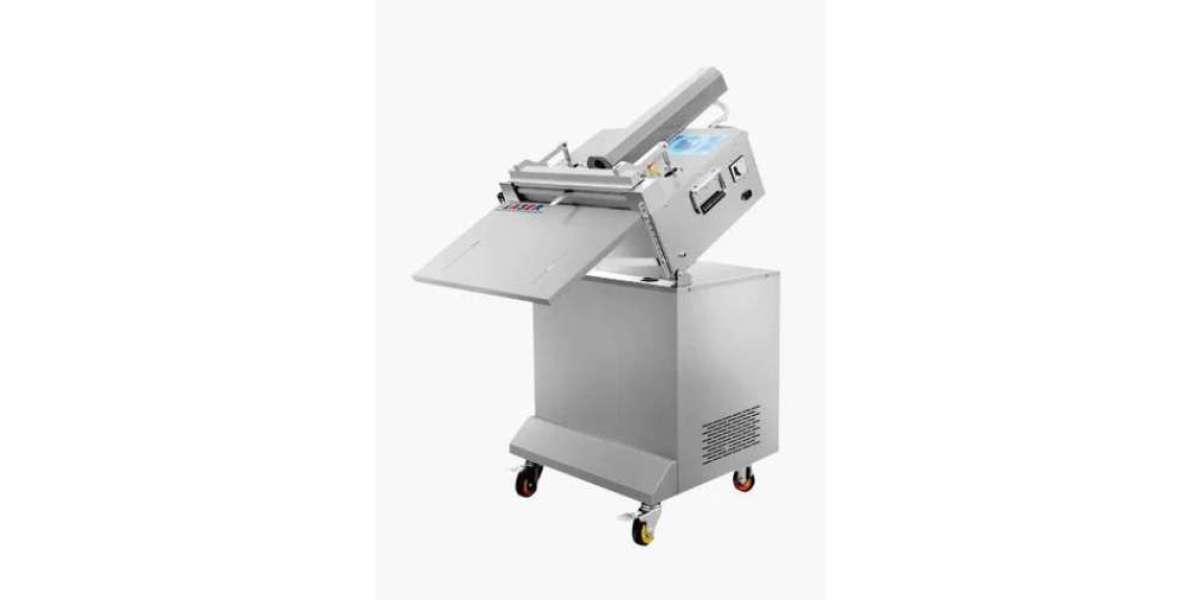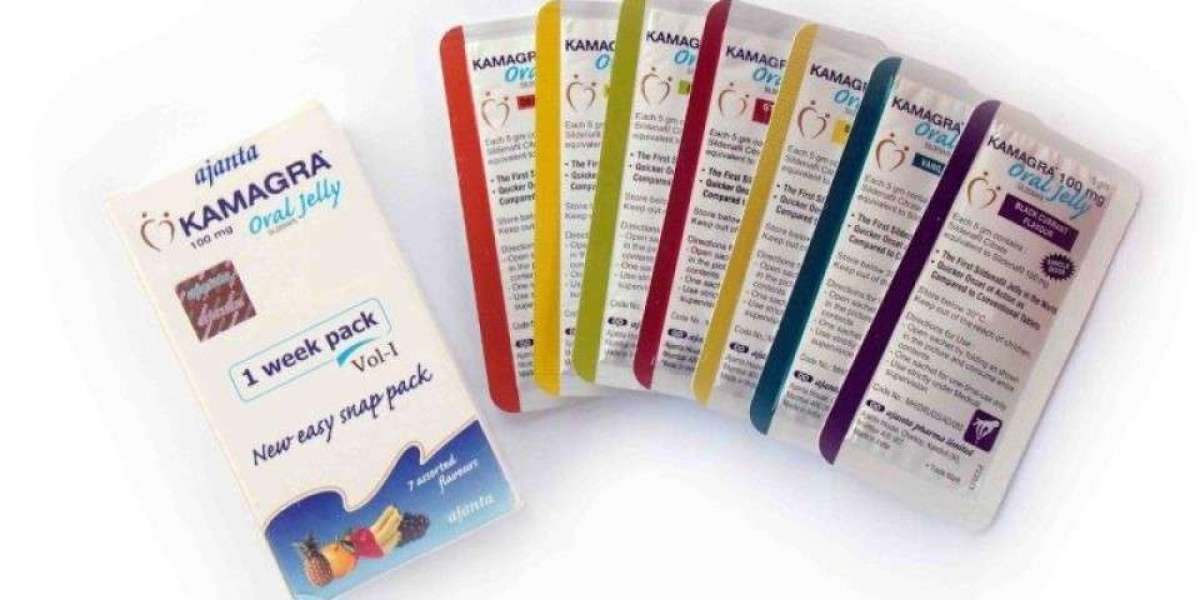Introduction to Vacuum Sealer Machines
In today's fast-paced world, preserving food freshness and extending its shelf life is essential. Enter vacuum sealer machines, a revolutionary kitchen appliance designed to seal food in airtight bags, removing air and preventing spoilage. Let's delve deeper into the world of vacuum sealer machines and discover their benefits, uses, and how to choose the right one for your needs.
Understanding Vacuum Sealer Machines
Vacuum sealer machines work by removing air from specially designed bags or containers, creating a vacuum seal that keeps food fresh for longer periods. These machines utilize either external suction or chamber mechanisms to extract air, depending on the model.
Benefits of Using Vacuum Sealer Machines
- Extended Shelf Life: By removing air and sealing food tightly, vacuum sealer machines significantly extend the shelf life of perishable items such as meat, fruits, and vegetables.
- Prevention of Freezer Burn: Vacuum sealing protects food from freezer burn, preserving its flavor and texture even after extended periods in the freezer.
- Cost Savings: By reducing food waste and allowing bulk purchases, vacuum sealers help save money in the long run.
- Convenient Meal Prep: Vacuum-sealed portions make meal preparation more convenient, allowing for easy storage and portion control.
Types of Vacuum Sealer Machines
- External Vacuum Sealers: These machines are ideal for home use and come in both handheld and countertop models. They work by placing the open end of a vacuum bag in the machine's sealing area, where air is removed before sealing.
- Chamber Vacuum Sealers: Commonly found in commercial settings, chamber vacuum sealers are capable of sealing liquids and wet foods due to their unique design. These machines place the entire bag or container in a chamber, where both air and moisture are removed before sealing.
How to Choose the Right Vacuum Sealer Machine
When selecting a vacuum sealer machine, consider the following factors:
- Frequency of Use: Determine how often you'll be using the machine to find one that suits your needs.
- Sealing Method: Decide whether an external or chamber vacuum sealer is more appropriate for the types of food you'll be sealing.
- Features: Look for features such as adjustable sealing settings, pulse vacuum options, and compatibility with different bag sizes.
- Budget: Vacuum sealer machines come in a range of prices, so choose one that fits your budget while still meeting your requirements.
Tips for Using Vacuum Sealer Machines Effectively
- Properly Prepare Food: Ensure food items are clean and dry before vacuum sealing to prevent bacterial growth.
- Leave Adequate Space: Leave enough space between the food and the top of the bag to allow for proper sealing.
- Use High-Quality Bags: Invest in high-quality vacuum sealing bags to ensure a secure seal and prevent leaks.
Maintenance and Care
To keep your vacuum sealer machine in optimal condition:
- Clean Regularly: Clean the sealing area and vacuum chamber after each use to prevent residue buildup.
- Replace Sealing Strips: Replace worn sealing strips as needed to maintain a tight seal.
- Follow Manufacturer's Instructions: Refer to the user manual for specific maintenance guidelines provided by the manufacturer.
Conclusion
Vacuum sealer machines offer a convenient and effective way to preserve food freshness and reduce waste. By understanding how these machines work, choosing the right one for your needs, and following best practices for usage and maintenance, you can enjoy the benefits of longer-lasting food and more efficient meal preparation.







